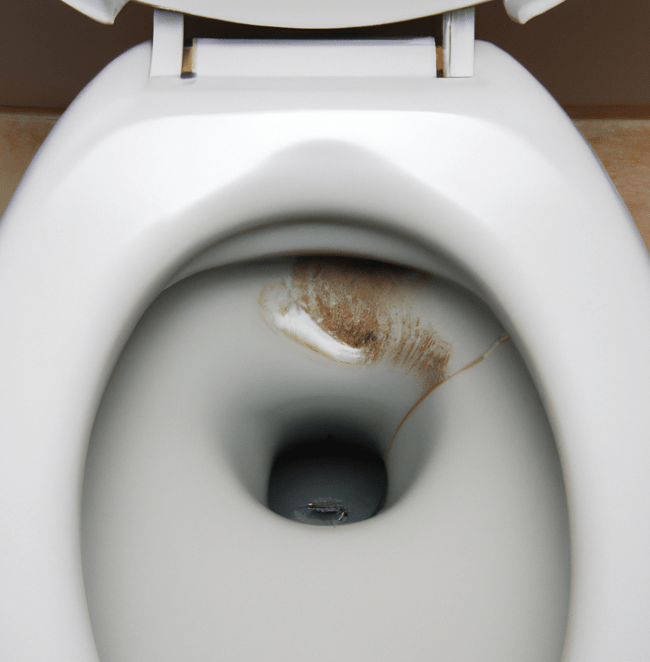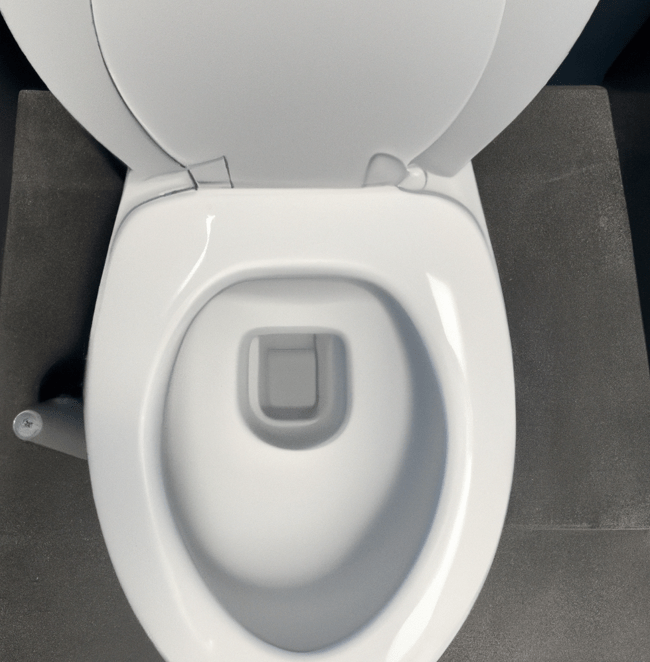Toilet seats play a crucial role in providing comfort, hygiene, and convenience in a bathroom. However, they can develop cracks due to various factors, including wear and tear, misuse, and accidents.
A cracked toilet seat is not only unpleasant but also unsanitary and potentially hazardous, necessitating immediate attention and repair.
In this comprehensive article, we will delve into the causes, solutions, and prevention methods for a cracked toilet seat, ensuring that your bathroom experience remains smooth and safe.
Causes of a Cracked Toilet Seat

A cracked toilet seat can occur due to several reasons, such as:
Wear and Tear
Toilet seats experience constant usage, pressure, and friction, leading to wear and tear over time. The repeated opening and closing of the lid, leaning on the seat, and accidental impacts can weaken the material and create cracks. Plastic and wooden toilet seats are more prone to wear and tear than ceramic or metal versions.
Misuse
Toilet seats are designed to support human body weight and movement within certain limits. However, some individuals tend to misuse them by standing or jumping on them, using them as handles or supports, or placing heavy objects on them. Such actions can cause the seat to crack or break.
Accidents
Accidents can happen anywhere, and bathrooms are no exception. Dropping heavy objects on the toilet seat, hitting them with sharp or blunt objects, or falling onto them can all result in cracks. Children and pets are particularly prone to causing accidents in the bathroom.
Solutions for a Cracked Toilet Seat

A cracked toilet seat can be an eyesore and a source of discomfort Cracks can be repaired in several ways, depending on their severity and location. Here are some possible solutions:
Replace the Seat
If the crack is significant or extends to the hinges and screws of the seat, it is often better to replace the entire seat. You can purchase a new toilet seat from a local hardware store or on Amazon.com.
Repair the Crack:
For small or superficial cracks, you can attempt to repair them with adhesive or filler. You can purchase a toilet seat repair kit or use a DIY solution such as superglue, epoxy, or putty. However, repairing a toilet seat requires careful preparation, application, and drying time, and may not guarantee long-term durability.
Cover the Seat:
If the crack is minor or located in a non-critical area, you can cover it with a seat cushion or a cover. Such accessories can provide additional comfort and hygiene while disguising the crack. However, covering a cracked seat may not be a permanent or practical solution, especially if you have a low-quality seat.
Prevention of Toilet Seat Crack
Prevention is often better than cure when it comes to a cracked toilet seat. Follow these tips help to avoid cracks in the toilet seat:
Use the Seat Properly:
The best way to prevent a cracked toilet seat is to use it properly. Remind yourself and others that the seat is not a platform or a handle, and it should only be used for sitting or lowering. Avoid applying excessive force or weight on the seat, and supervise children and pets in the bathroom.
Maintain the Seat:
Regular maintenance of the toilet seat can prolong its lifespan and prevent cracks. Clean the seat and hinges with mild soap and water, avoiding harsh chemicals or abrasive materials.
Tighten any loose screws or bolts, and replace any damaged or worn components. Consider replacing the seat every few years, especially if it shows signs of wear and tear.
Upgrade the Seat
Investing in a high-quality toilet seat can prevent cracking and provide additional benefits such as comfort, durability, and hygiene. Choose a seat made of sturdy and easy-to-clean materials like ceramic or high-grade plastic. Look for features such as soft-closing lids, anti-bacterial surfaces, or adjustable hinges.
Also, read: Toilet Seats that Won’t Stain – It’s Worth it
Regular Inspection:
Make it a habit to inspect your toilet seat regularly for any signs of cracks or damage. Catching and addressing small cracks early can prevent them from worsening.
Proper Installation
Ensure that your toilet seat is correctly installed and securely attached to the toilet bowl. Loose or improperly installed seats can increase the risk of cracks.
Weight Limit:
Respect the weight limit specified by the manufacturer for your toilet seat. Exceeding the weight limit can put excessive strain on the seat and lead to cracking.
Avoid Harsh Chemicals
When cleaning your toilet seat, avoid using harsh chemicals or abrasive cleaners that can weaken the material and make it more susceptible to cracks. Stick to mild soap and water or use specifically designed toilet seat cleaners.
Gentle Handling
Be gentle when handling your toilet seat. Avoid dropping heavy objects on it or banging them against hard surfaces, as these actions can cause cracks.
Temperature Changes
Avoid sudden and extreme temperature changes in the bathroom. Rapid shifts in temperature can cause materials to expand or contract, potentially leading to cracks in the toilet seat.
Educate Children
Teach children proper toilet seat usage and discourage them from engaging in rough play or misuse that could result in damage or cracks.
Conclusion
A cracked toilet seat can certainly be an inconvenience; it doesn’t necessarily have to turn into a full-blown disaster. By understanding the causes, solutions, and prevention methods for a cracked toilet seat, you can take the necessary steps to fix or avoid it. Whether you decide to replace, repair, or cover the crack, or upgrade the seat altogether, make sure to choose wisely and follow the instructions carefully. Your bathroom experience should be comfortable, safe, and stress-free.
FAQs
Q: Can a cracked toilet seat be dangerous?
A: Yes, a cracked toilet seat can pose risks of injury, infection, and damage to the toilet bowl or plumbing system.
Q: How long does it take to replace a toilet seat?
A: The process of replacing a toilet seat typically takes approximately 30 minutes to an hour. The exact duration will vary based on factors such as the type of seat being replaced.
Q: Can I use super glue to repair a cracked toilet seat?
A: You can use superglue to repair a small or superficial crack in a toilet seat, but make sure to apply it sparingly and let it dry completely before using the seat.
Q: What material is the most durable for a toilet seat?
Compared to plastic or wooden toilet seats, ceramic seats are more durable.
- 23 Must Try Outdoor Fire Pit Setups for Cozy Nights - July 5, 2025
- 24 Modern Fire Pit Ideas to Elevate Your Backyard Style - July 5, 2025
- 15 Unique DIY Fire Pit Ideas That Instantly Upgrade Your Backyard - July 4, 2025

